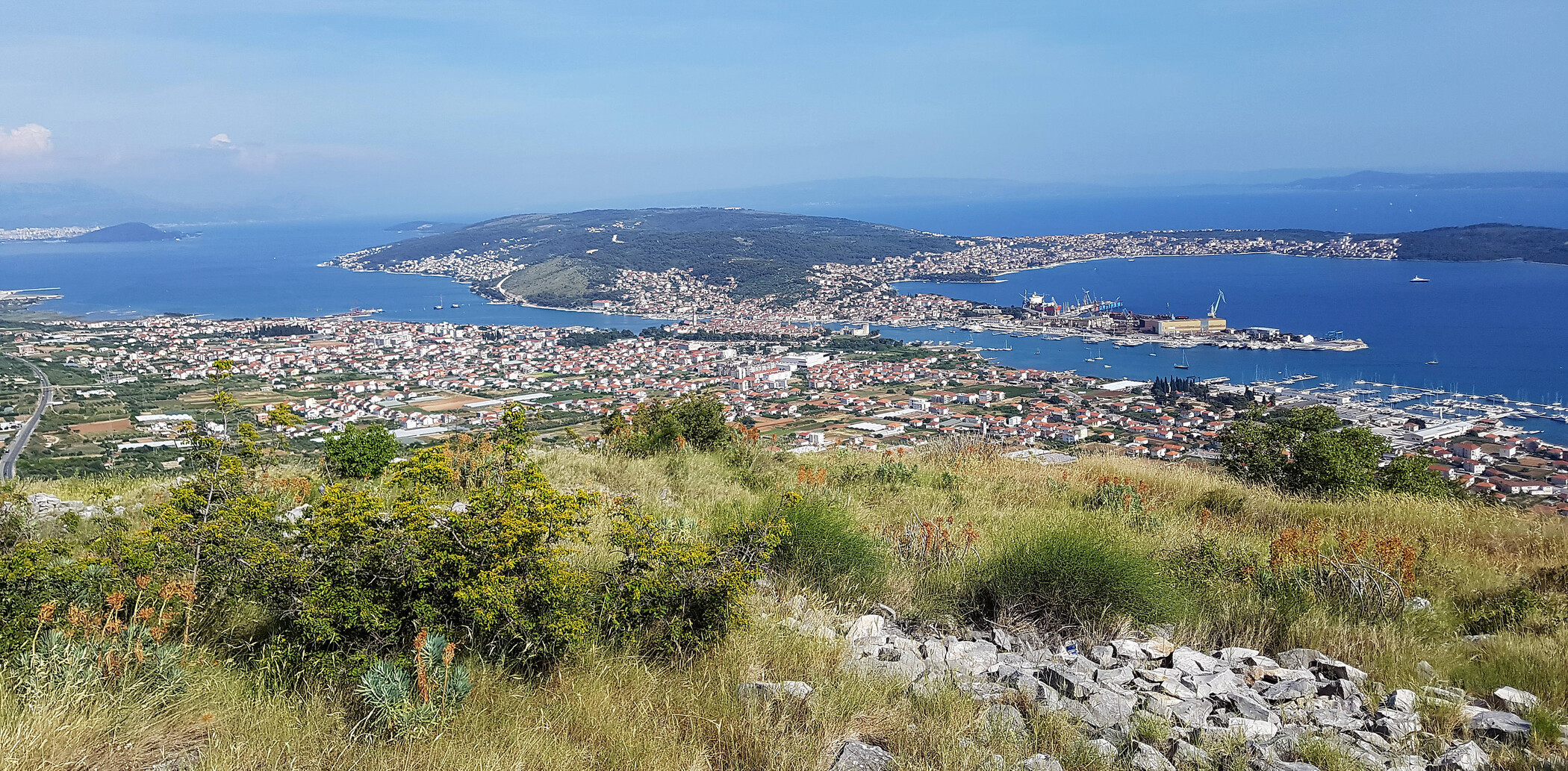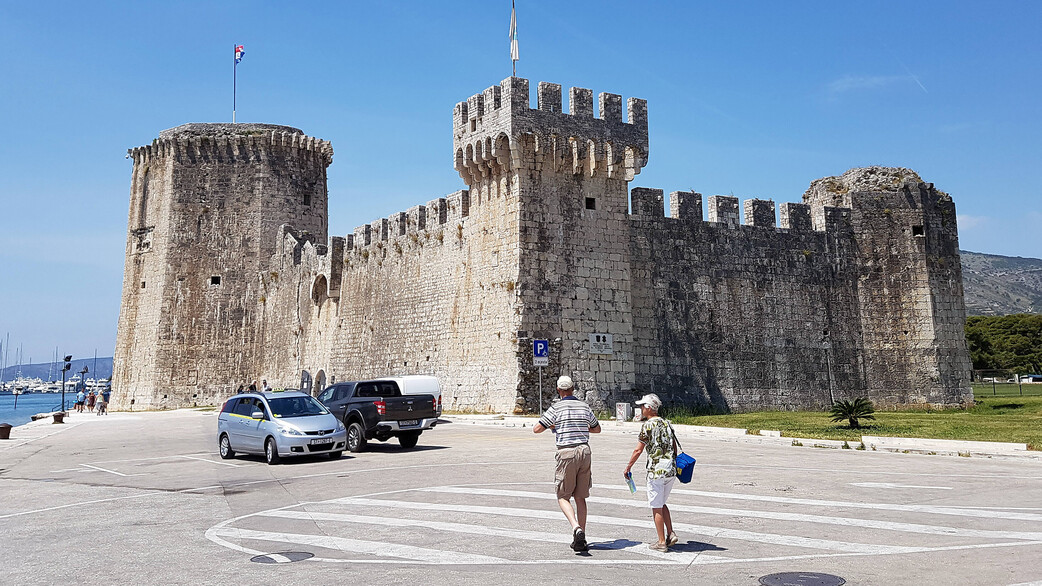Trogir Through Time
In 2017, cooperation contracts were signed with the Trogir Town Museum and the Institute of Archaeology in Zagreb in order to study ancient Tragurion/Tragurium and its hinterland in a diachronic and interdisciplinary manner. Trogir, located in central Dalmatia on the Adriatic coast of Croatia, provides an excellent opportunity to examine the Illyrian, Greek, and Roman occupation of this territory. The research is carried out with the support of the Croatian Ministry of Culture.
Ancient Tragurion was founded by the Greek colony of Issa (modern-day city of Vis on the eponymous island) in the late 3rd century BCE. This correlates with the typical pattern of Greek colony foundations in this area: first the islands and then a bit later the mainland was settled. At the same time close interactions took place with the indigenous population referred to as Illyrian, however, their actual appearance is still not fully understood. As part of the project »Trogir Through Time« we are dealing with the transition from a proto-urban settlement form to a Greek colony as well as questioning the very late start of active influence of Rome on this area. Central to the research is the cohabitation of the indigenous population with the new settlers under the changing political conditions of the region which apparently was very difficult to govern. Furthermore, it will be investigated to what extent external cultural influences are revealed in daily life and the material culture.
Methods
As part of the cooperation project, intensive, extensive and geophysical surveys as well as stratigraphic excavations are planned. The surveys will refine and complete the already existing mapping of the ancient remains in the territory of Tragurion. In the densely settled city of modern-day Trogir – a UNESCO world heritage site since 1997 – questions regarding urban planning but also of chronology, and history of use will be studied through selected stratigraphic excavations from a diachronic perspective. Field archaeological research will also take place surrounding the hillforts of the indigenous population, particularly also the various burial places and the villas located in the territory.



